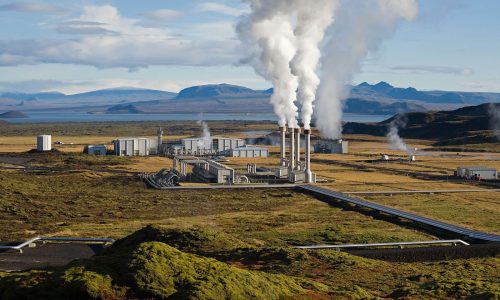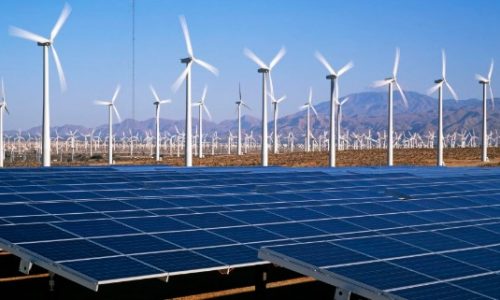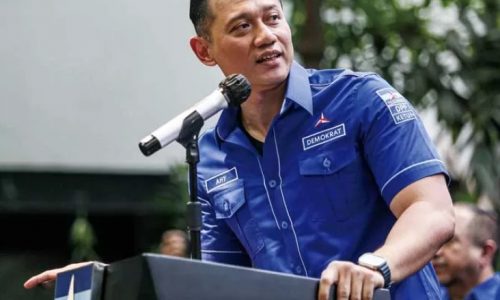The Global System for Mobile Communications Association (GSMA) predicts that the Indonesian government could lose potential revenues amounting to IDR 216 trillion if it does not reassess its 5G internet services.
Analysts at GSMA estimate that the socioeconomic benefits of 5G for the period 2024-2030 could reach IDR 216 trillion. However, this potential benefit might be lost if the spectrum prices increase.
The GSMA report titled ‘Sustainable Spectrum Costs to Strengthen Indonesia’s Digital Economy’ anticipates a more than fivefold increase in the annual total spectrum costs for mobile operators in Indonesia since 2010.
Despite a 48% decrease in industry revenue since 2010, the current annual frequency spectrum cost-to-revenue ratio in Indonesia is at 12.2%, compared to the regional average of 8.7% in the Asia-Pacific and 7% globally.
Julian Gorman, the Head of Asia Pacific at GSMA, highlighted that Indonesia has one of the largest digital economies with rapid growth in the Asia-Pacific region.
He emphasized the need for a careful approach from the government, considering geographical constraints and market readiness.
“We estimate that 80% of Indonesia’s total population will be using 5G services by 2030,” added Julian.
While 4G coverage in Indonesia stands at 97%, 5G coverage is at 15% of the total population, according to GSMA. The association recommends several steps to the Indonesian government to maximize the benefits of 5G:
- Auctioning 5G frequency spectrum but reducing the minimum bidding price;
- Reviewing spectrum prices.;
- Adding frequency spectrum suitable for 5G internet;
- Providing incentives for the industry to invest in digital infrastructure.
GSMA emphasizes the importance of reducing the unit price of frequency spectrum to enable significant investments in 5G development. Failure to do so could lead to slower network deployment, a subpar consumer mobile experience, and a missed opportunity for economic growth through cutting-edge 5G technology applications.
To prevent such outcomes, GSMA’s report provides three crucial recommendations to the Indonesian government ahead of the upcoming 5G frequency spectrum auction:
- Reduce the minimum bidding price;
- Review the annual spectrum costs;
- Plan frequency spectrum allocations that support future development.









